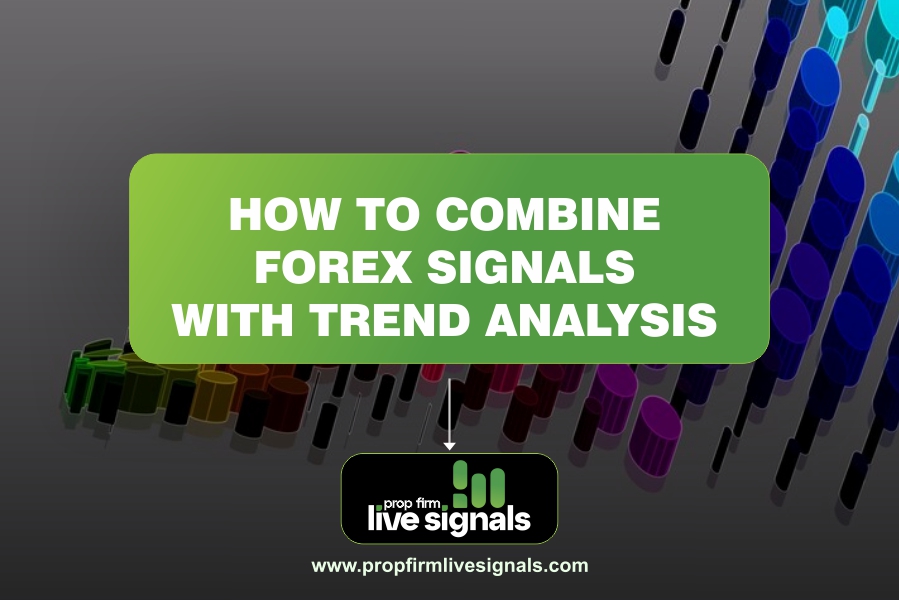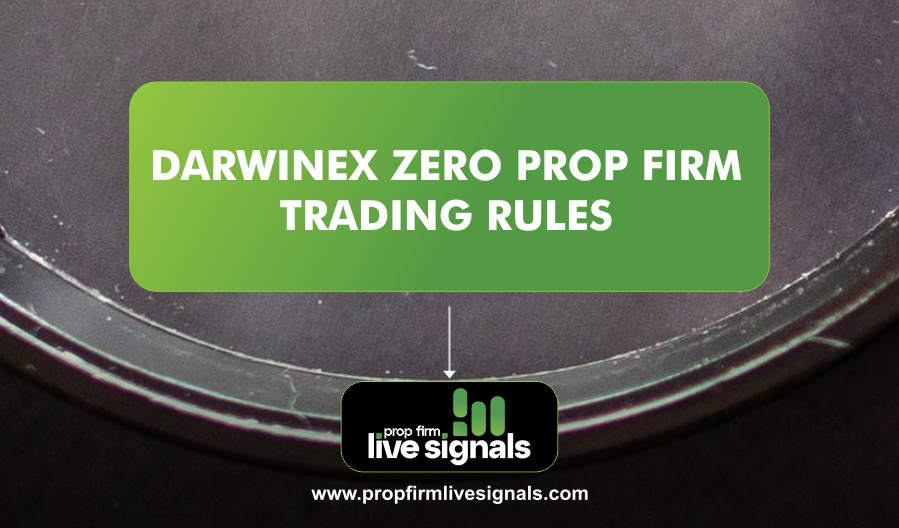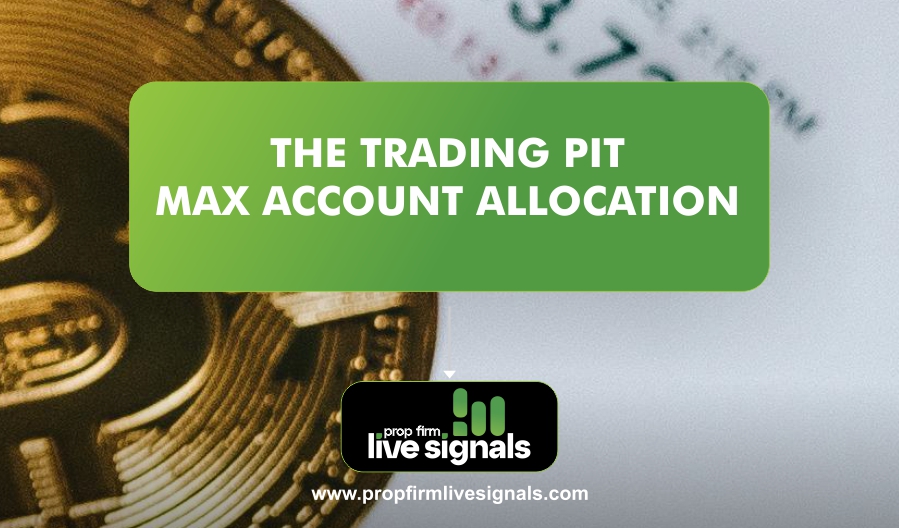The appropriate interpretation of ongoing market trends, together with the integration of forex signals, increases a trader’s potential for success within the dynamic world of forex trading. Integrating these two powerful tools would enable a trader to make better decisions, efficiently handle risks, and consequently raise their profitability.
This article will explain in detail ways to combining Forex Signals with Trend Analysis and will cover practical tips and strategies for better trade outcomes.
Understanding Forex Signals
Forex signals are recommendations as to when to buy or sell a currency pair. These may be from a professional analyst or via automated systems and would normally cover everything from the entry point to stop-loss levels, and even take-profit targets. Trading signals can either be sent by email or SMS, or directly via trading platforms.
Therefore, forex signals help a trader move money in or out of the market based on an indication. Forex signals have been proved extremely useful for those who either do not have sufficient time or expertise to analyze a market. The very majority of traders’ decisions depend only upon forex signals, and therefore, they may not understand the ongoing market trend, which may prove to be the loss of an opportunity or an actual loss.
The Importance of Trend Analysis
It is based on the study of historical movements in prices to understand the general direction of the market over time. The main trend types that exist in forex trading are as follows:
- Uptrend: Higher highs and higher lows; this means the market is in a bullish sentiment.
- Downtrend: Lower highs and lower lows reflect bearish sentiments.
- Sideways Trend: In this case, the price moves within a certain range without a definite upward or downward bias.
The better the traders understand the trends, the more informed would be the trading decisions. A trade in the direction of an ongoing trend increases the chances of success for example, buying in an uptrend or selling during a downtrend results in more profitable trading.
Combining Forex Signals with Trend Analysis
Both forex signals and trend analysis give better results when combined and the following are to be followed:
1. Identify the Current Market Trend
Forex signals should always start with identifying the current market trend, using tools like moving averages, trend lines, or oscillators.
- Moving Averages: These indicators smooth out the fluctuation within the price action and help the identification of the direction in trend. Most traders combine the use of a short-term moving average with a longer-term moving average. When the short-term crosses over the long-term from underneath, an uptrend can be considered.
- Trend Lines: It helps in drawing the direction the market is taking. An upward slope in these lines can be taken to indicate an uptrend, while a downward slope indicates a downtrend.
- Relative Strength Index: Actually, it is a momentum oscillator that measures the speed and change of price movements. When the RSI is above 70, it means the currency pair might be overbought, showing its potential for reversal. On the other side, an RSI below 30 can indicate that the currency is oversold.
2. Place Forex Signals in Context
Establish the trend of the market, then place any forex signals within that established trend. For example,
- If you receive a buy signal in the middle of an established uptrend, it may be prudent to act on the signal because it is in the direction of the prevailing market.
- If you are in an uptrend and get a sell signal, for example, you would want to question the signal first before acting on it.
3. Confirm Signals with Additional Analysis
With the addition of more confidence to your trade decisions, you can further confirm forex signals with additional technical or fundamental analysis:
- Support and Resistance Levels: Identify the key support and resistance levels of the trend. A buy signal that occurs at a support level in an uptrend is a better trade .
- Economic Indicators: Keep an eye on economic news releases, as lots of events can impact currency pairs. For instance, positive economic news may further strengthen a bullish trend, while negative economic news may turn market sentiment bearish.
4. Apply Risk Management Strategies
Good risk management is true for a combined forex signals and trend analysis trading system. The following are some strategies:
- Set Stop-Loss Orders: One of the most straightforward ways to protect your capital is to issue stop-loss orders at strategic levels according to your assessment of support and resistance.
- Adjust Position Sizes: Correctly identify your position size about your risk tolerance and the amount in the account. Never risk more than 1-2% of your capital on a single trade.
5. Utilize Multiple Time Frame Analysis
Trend analysis over different time frames may give you a better understanding of what actually takes place in the market.
- Long-Term Trends: On daily and/or weekly charts, establish the major trend that you’ll base your trading strategy upon.
- Short-Term Trends: Consult hourly and 15-minute charts to determine what the closer to term trend is that fits your trading style.
By correlating the short-term signals to the long-term trend, traders can then be better positioned to decide on a course of action that would be in accordance with the overall market direction.
6. Always Be on Your Guard the Markets Change Every Minute
The forex market dynamics fluctuate by the minute due to impacts including economic data releases and geopolitical events. This calls for one to always keep an eye on market conditions and one’s strategies so that adjustments may be made accordingly:
- Pay attention to when economic calendars and news events will be released, which might have an impact on currency prices.
- Be prepared for changing your trading plan if new information suggests that the market sentiment or direction of the trend has changed.
Frequently Asked Questions (FAQs)
What is the forex signal?
- The forex signal refers to recommendations on trade providing buyers with a view of when exactly to buy or sell any particular currency pair, which often includes details such as the time of entry, stop-loss levels, and take profit targets.
What is trend analysis in the forex trade?
- It means the study of historical price movements to define the direction of the market, whether in an uptrend, downtrend, or sideways movement. This provides traders with an informed way of making decisions that are aligned with market momentum.
How do I identify market trends?
- It can provide moving averages, trendlines, and momentum indicators such as the RSI to spot the trends. Such tools give a visual of the price movements and create the prevailing trend.
Why should forex signals be combined with trend analysis?
- This will also allow traders to make wiser decisions since, with forex signals in conjunction with trend analysis, their trades will more likely go with the general flow of the market. In this respect, their chances of success are greater.
How does economic news influence my trading decisions?
- Therefore, economic news announcements could significantly impact currency prices and trends. A trader should be aware of scheduled announcements and their potential impact on trends before acting on any forex signal.
Can I only rely on forex signals for my trading decisions?
- While forex signals can be great, most of the time you would want to conduct your own analysis using trend analysis and other tools to make well-rounded trading decisions.




